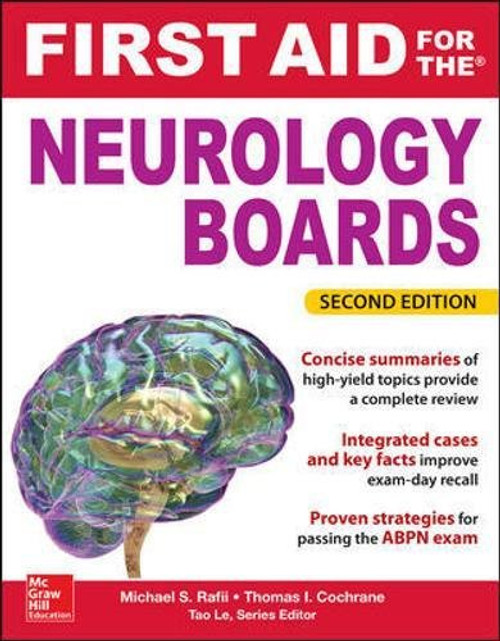Product Overview
Rating scales are used daily by everyone involved in the management of patients with neurologic disease and in the design and management of neurologic clinical trials. Now there is a single source for the wide range of scales used in specific neurologic diseases and neurorehabilitation. You will refer to this volume constantly!
The first edition of the Handbook of Neurologic Rating Scales quickly became an invaluable reference work on the increasing array of scales for measuring neurologic disease. In the brief few years since the first edition the importance of this book has only increased.
New Chapters Include Scales On:
Formal measurement of the effects of neurologic disease and of treatment effects, beyond the description of changes on the standard neurologic examination, is a relatively recent development. Controlled clinical trials and outcomes research are at the heart of modern information-based medicine, and neurologic scales are essential tools in clinical trials designed to provide this information.
A Resource for Clinical Trials
The Handbook of Neurologic Rating Scales provides a resource for clinicians and clinical investigators in the broad field of neurology and neurologic rehabilitation to help them:
- evaluate the clinical trials literature by providing information on the scales being used
- evaluate and select appropriate and efficient scales for clinical trials and outcomes research, and
- provide information that will help them to develop new scales or measures or to improve existing ones.
A Resource for Evaluating Disease Status
Outcomes research is playing an increasingly important role in clinical management and neurorehabilitation, and these also depend largely on measurement of disease status and change. In this era of managed care, neurologists must produce outcomes data demonstrating the effectiveness of neurologic care if the specialty is to survive, and certainly if it is to thrive. Even effective therapies are likely to fall by the wayside if studies to prove their effectiveness are not done.
Comprehensive and Standardized Information on All Scales
Each chapter in this volume contains the scales of importance and in current use, including a sequence of scale descriptions and specific scales in a standard format, as well as a summary and recommendations indicating which scales are most useful for specific purposes and whether a combination of scales is particularly useful or if better scales are needed.
Each entry notes:
- the purpose for which the scale was developed and its current uses if they differ from those for which it was developed
- a detailed description of the scale
- information about validation, such as: Does the scale have face validity? i.e., does it appear to measure what it purports to measure?
- how and by whom the scale is administered
- the time needed to administer and score the scale
- the scale itself or, when the scale is proprietary or too long for inclusion, a description and key references
- special considerations, including unusual measures needed to obtain a valid score or problems in administering the test in specific patients
- advantages, or what makes the scale good or useful. Disadvantages, or what makes the scale difficult to use or impairs its reliability
- key references, including the original publication of the scale and its validation
Downloadable PDFs of the scales contained in the Handbook of Neurologic Rating Scales are included with the purchase of this book. The password to download the files can be found in the book itself.







